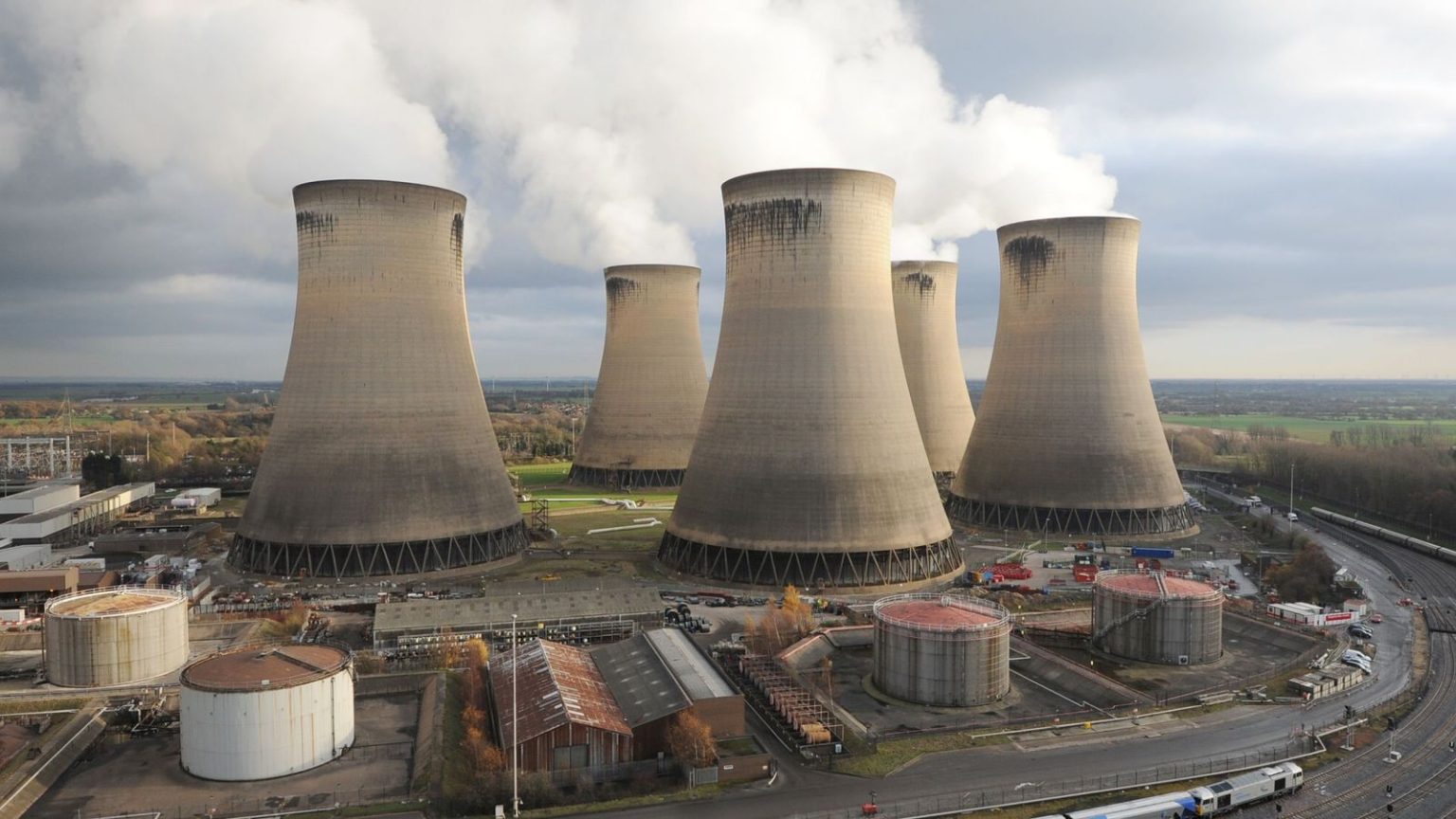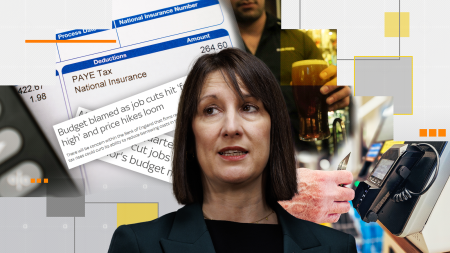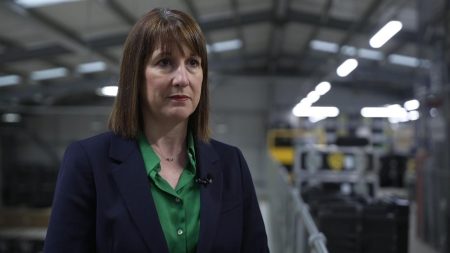Government Deal with Drax Reduces Subsidies and Consumer Bills
In a recent announcement, the Department for Energy Security and Net Zero (DESNZ) revealed a new agreement with Drax, a leading biomass electricity provider, that aims to reduce consumer energy bills while promoting sustainable energy practices. Under this deal, which will be in effect from 2027 to 2031, the government subsidy provided to Drax will be significantly cut, resulting in an estimated £170 million in annual savings for consumers. This reduction in subsidies is part of a broader strategy to transition the UK’s energy sector toward cleaner, more sustainable sources and reduce reliance on fossil fuels.
The agreement also outlines a shift in Drax’s operational role within the UK’s power system. Currently, Drax operates at approximately two-thirds of its capacity throughout the year. However, under the new terms, the power station will only generate electricity during periods of high demand, ensuring that energy production is more aligned with actual need. This change not only helps to stabilize the grid but also reduces unnecessary energy generation, which can contribute to waste and higher costs for consumers.
Drax’s Role in the UK Energy Landscape
Drax, a former coal-fired power plant located in North Yorkshire, has transitioned to burning wood pellets as its primary fuel source. The facility is classified as a renewable energy provider in the UK, a designation that has been the subject of some controversy. Critics argue that the emissions from burning wood pellets are not entirely carbon-neutral, as the process of growing, harvesting, and transporting the wood can offset some of the environmental benefits. However, proponents point out that the carbon dioxide released during combustion can be reabsorbed by newly planted trees, making it a more sustainable option compared to fossil fuels.
Despite these debates, Drax plays a significant role in the UK’s energy infrastructure. It currently has the capacity to power approximately five million homes, making it the largest renewable power generator in the country by output. In addition to its biomass operations, Drax also manages hydroelectric power projects, further diversifying its contribution to the UK’s renewable energy mix.
Sustainability and the Future of Biomass
One of the key components of the new agreement is the increased emphasis on sustainability. Currently, Drax is required to ensure that at least 70% of the wood used in its operations is sustainably sourced. By 2027, this threshold will rise to 100%, ensuring that all biomass used by the plant meets strict environmental standards. This move is part of a broader effort by the UK government to decarbonize its energy sector by 2030 and reduce greenhouse gas emissions.
The shift toward 100% sustainable biomass reflects a broader recognition of the need for more environmentally friendly energy solutions. While biomass has been criticized for its carbon emissions and resource intensity, advancements in sustainable forestry practices and carbon capture technologies could make it a more viable long-term option. For now, the UK government appears to view biomass as a necessary bridge between fossil fuels and fully renewable energy sources like wind and solar.
The UK’s Decarbonization Strategy
The UK government’s decision to reduce subsidies for Drax and transition toward a more limited role for biomass is part of a larger strategy to decarbonize the energy sector. By 2030, the UK aims to have a fully decarbonized power system, with a significant increase in renewable energy sources such as wind and solar. Energy storage projects will also play a crucial role in addressing the intermittency of these renewable sources, ensuring a stable and reliable energy supply even when the sun is not shining or the wind is not blowing.
In addition to expanding renewable energy capacity, the government is also exploring new technologies and infrastructure to support the transition. This includes investments in carbon capture and storage (CCS) systems, which can reduce emissions from biomass and other energy sources, as well as the development of new nuclear power plants to provide a stable, low-carbon energy supply. By diversifying the energy mix and reducing reliance on imported gas, the UK hopes to improve energy security, reduce costs for consumers, and meet its climate goals.
Drax’s Response and the Future of Energy Security
Drax’s leadership has expressed support for the new agreement, viewing it as an important step toward achieving the UK’s energy security and climate goals. Will Gardiner, the company’s chief executive, highlighted the role of Drax in providing flexible, dispatchable power that can be ramped up or down as needed to balance the grid. This capability is particularly valuable as the UK transitions to a more renewable-heavy energy mix, where energy supply can fluctuate based on weather conditions.
The deal also provides a financial boost to Drax, with the company’s shares rising by 6% following the announcement. Analysis by Baringa, a leading energy consultancy, suggests that the agreement could result in a £1.6-3.1 billion reduction in electricity system costs over the next decade compared to building new fossil fuel power stations. This makes Drax a cost-effective option for the government and consumers alike, while also supporting the development of new industries and creating jobs in the energy sector.
Implications for Energy Bills and the Economy
The new agreement with Drax is expected to have a positive impact on energy bills, with consumers saving an estimated £170 million per year. These savings are a welcome relief for households that have faced rising energy costs in recent years, driven in part by volatility in global gas markets. By reducing reliance on imported gas and developing more stable, domestically produced energy sources, the government hopes to insulate consumers from price shocks and ensure more predictable energy costs in the future.
The deal also underscores the government’s commitment to energy security and its willingness to invest in Infrastructure and technology that support long-term sustainability. As the UK continues to navigate the challenges of the energy transition, agreements like the one with Drax will play a crucial role in balancing immediate economic needs with long-term environmental goals. By leveraging existing infrastructure like Drax while investing in new renewable energy projects, the UK can build a more resilient and sustainable energy system for future generations.















